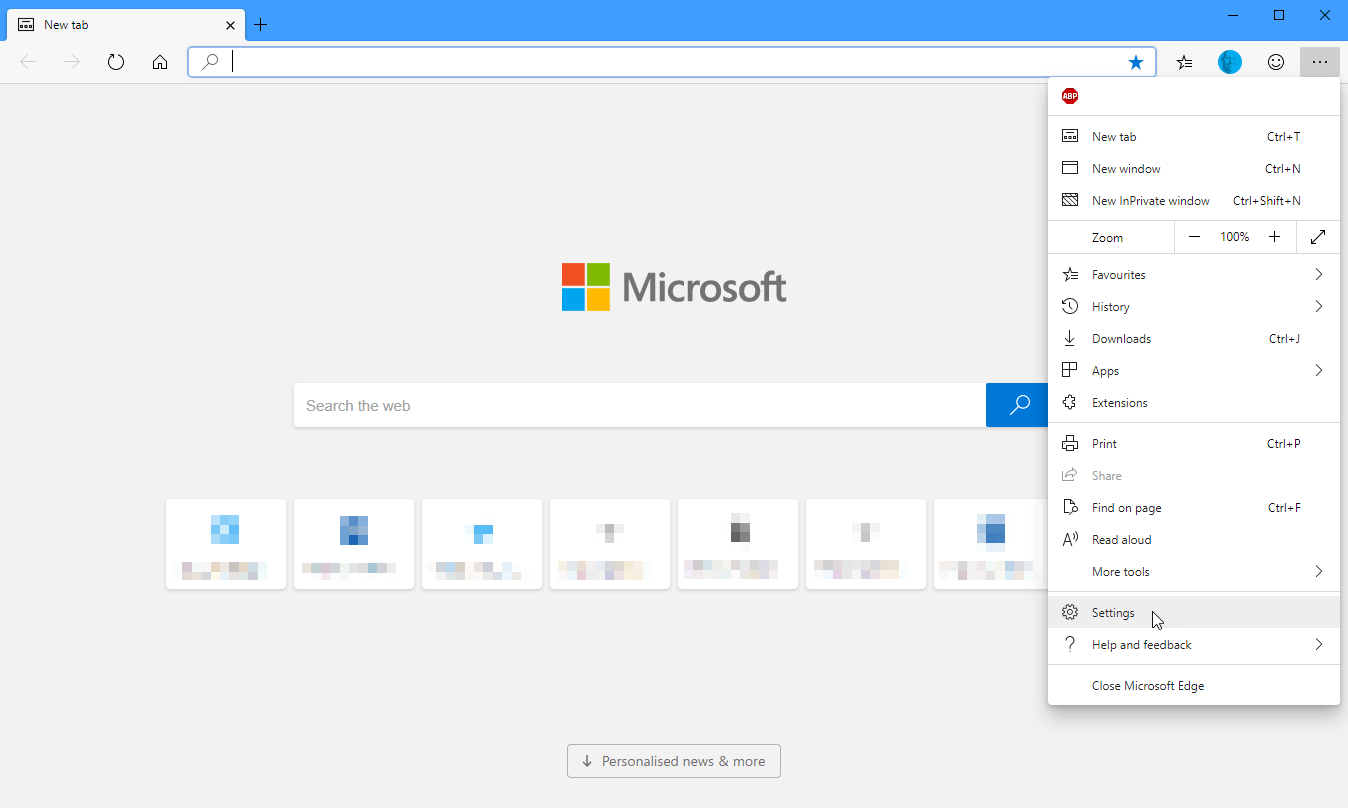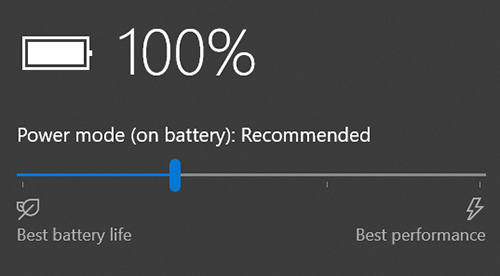
That’s to be expected though, as both 4K resolution and touch can be draining. With its 41-watt battery, battery life is a little underwhelming. This laptop has a Core i7 Skylake CPU, 8GB of RAM, an M.2 SSD, and an Ultra HD 4K panel with 10-point touch. I used the same Toshiba Radius 12 that I used for my media-player shootout. I used a Toshiba Radius 12 for the bulk of my testing. I figured people don’t browse that way so what’s the value of it. I configured BrowsingBench with a rather long “dwell” time on each page, rather than just jamming through a bunch of pages. The pages are stored and served by the benchmark, which means every single page and every single Flash ad is the same. You select between page types, how long you want the test to dwell on a page, and even set the bandwidth you want simulated.

With EMBC’s BrowsingBench, you can test browsers in a controlled environment.

You boot into Ubuntu on a laptop that’s connected via ethernet to a wireless router, and then connect your test laptop to that router’s Wi-Fi.

The benchmark runs on Linux from a USB key. That’s not even mentioning that the route the packets take to reach your screen could differ considerably moment to moment. These and other uncontrollable variables are enough to scare me off of running comparative tests using the live internet.ĮMBC is a small benchmarking outfit that claims its BrowsingBench test removes the variability in testing browsers.


 0 kommentar(er)
0 kommentar(er)
